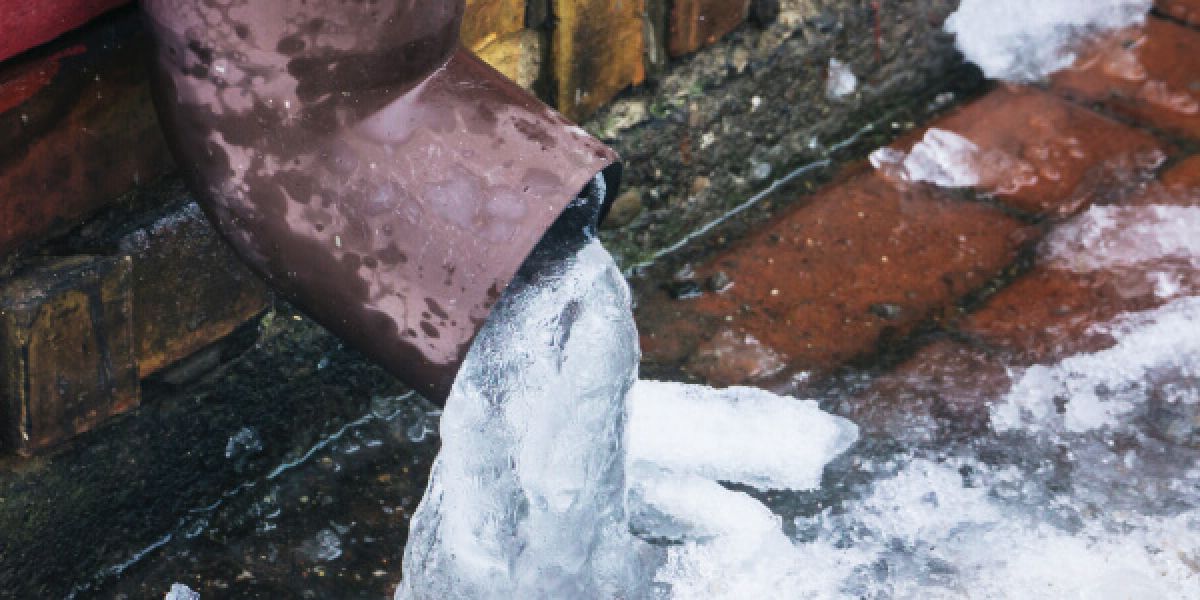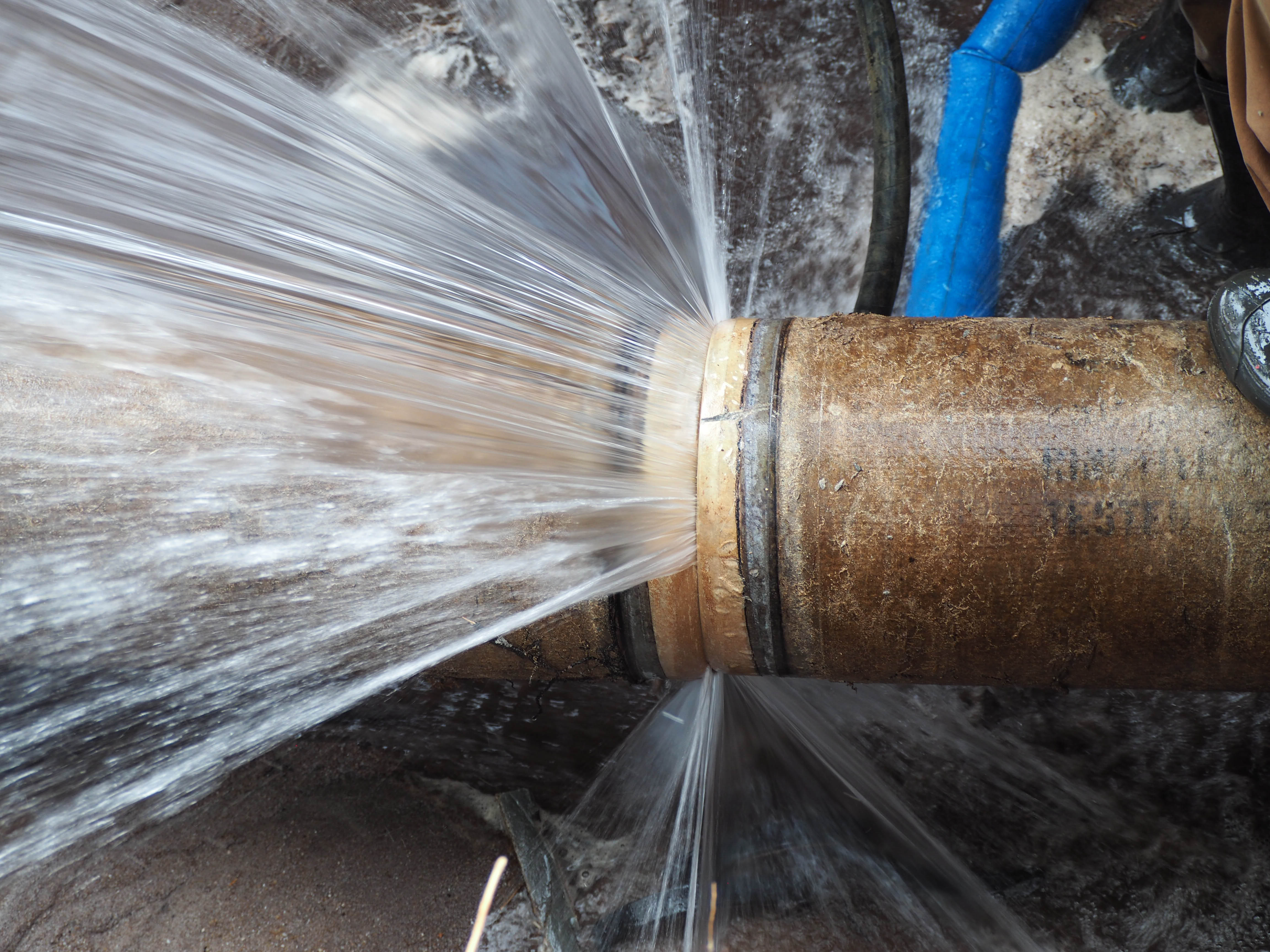Essential Approaches for Avoiding Frozen Pipes in Cold Weather
Essential Approaches for Avoiding Frozen Pipes in Cold Weather
Blog Article
How do you actually feel about Helpful Tips to Prevent Frozen Pipes this Winter?

Winter can ruin your pipes, specifically by freezing pipelines. Below's exactly how to prevent it from occurring and what to do if it does.
Intro
As temperature levels drop, the danger of icy pipelines increases, potentially causing expensive repair work and water damages. Recognizing exactly how to prevent icy pipes is crucial for home owners in cold environments.
Comprehending Icy Pipelines
What causes pipelines to freeze?
Pipelines ice up when revealed to temperatures listed below 32 ° F (0 ° C) for extended periods. As water inside the pipelines freezes, it expands, putting pressure on the pipeline wall surfaces and potentially triggering them to break.
Threats and damages
Icy pipes can result in water supply disturbances, residential property damage, and pricey repair services. Ruptured pipes can flood homes and create comprehensive architectural damages.
Signs of Frozen Pipes
Identifying frozen pipelines early can stop them from breaking.
Just how to determine frozen pipes
Look for lowered water circulation from faucets, unusual smells or sounds from pipes, and noticeable frost on revealed pipes.
Avoidance Tips
Shielding susceptible pipes
Cover pipes in insulation sleeves or make use of warm tape to protect them from freezing temperature levels. Focus on pipelines in unheated or external locations of the home.
Home heating techniques
Keep indoor rooms sufficiently heated up, particularly areas with plumbing. Open up cabinet doors to enable warm air to distribute around pipelines under sinks.
Securing Exterior Plumbing
Yard hose pipes and exterior faucets
Detach and drain yard tubes before wintertime. Mount frost-proof spigots or cover outside taps with shielded caps.
What to Do If Your Pipes Freeze
Immediate actions to take
If you presume icy pipes, keep faucets available to soothe stress as the ice melts. Utilize a hairdryer or towels taken in hot water to thaw pipes slowly.
Long-Term Solutions
Structural modifications
Take into consideration rerouting pipes far from outside wall surfaces or unheated locations. Include extra insulation to attic rooms, cellars, and crawl spaces.
Updating insulation
Invest in top notch insulation for pipes, attics, and walls. Appropriate insulation aids maintain constant temperature levels and lowers the threat of icy pipelines.
Conclusion
Stopping icy pipes needs aggressive actions and fast responses. By recognizing the causes, indications, and safety nets, house owners can secure their plumbing during cold weather.
5 Ways to Prevent Frozen Pipes
Drain Outdoor Faucets and Disconnect Hoses
First, close the shut-off valve that controls the flow of water in the pipe to your outdoor faucet. Then, head outside to disconnect and drain your hose and open the outdoor faucet to allow the water to completely drain out of the line. Turn off the faucet when done. Finally, head back to the shut-off valve and drain the remaining water inside the pipe into a bucket or container. Additionally, if you have a home irrigation system, you should consider hiring an expert to clear the system of water each year.
Insulate Pipes
One of the best and most cost-effective methods for preventing frozen water pipes is to wrap your pipes with insulation. This is especially important for areas in your home that aren’t exposed to heat, such as an attic. We suggest using foam sleeves, which can typically be found at your local hardware store.
Keep Heat Running at 65
Your pipes are located inside your walls, and the temperature there is much colder than the rest of the house. To prevent your pipes from freezing, The Insurance Information Institute suggests that you keep your home heated to at least 65 degrees, even when traveling. You may want to invest in smart devices that can keep an eye on the temperature in your home while you’re away.
Leave Water Dripping
Moving water — even a small trickle — can prevent ice from forming inside your pipes. When freezing temps are imminent, start a drip of water from all faucets that serve exposed pipes. Leaving a few faucets running will also help relieve pressure inside the pipes and help prevent a rupture if the water inside freezes.
Open Cupboard Doors
Warm your kitchen and bathroom pipes by opening cupboards and vanities. You should also leave your interior doors ajar to help warm air circulate evenly throughout your home.

We were shown that report about Preventing and dealing with frozen pipes from a pal on our other blog. Enjoyed reading our content? Please quickly share it. Let someone else locate it. Bless you for being here. Please come visit our site back soon.
Click Here Report this page